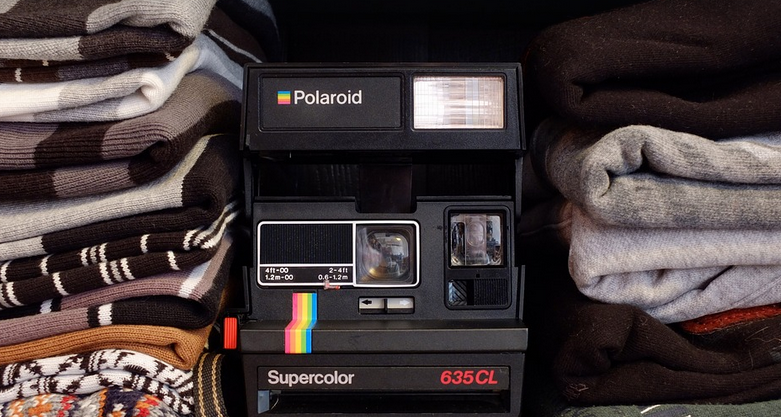Understanding the Cultural Significance of Clothing
The Walla Walla Tribe, a Native American group inhabiting the Columbia Plateau in Washington state, possesses a rich cultural history deeply interwoven with their attire. Their clothing serves not only as practical wear for daily life but also acts as a powerful expression of their traditions, beliefs, and connection to their ancestral lands. Their clothes are essentially woven into their identity and storytelling, holding immense significance beyond mere aesthetics.
The Walla Walla Tribe has an intricate tapestry of cultural practices that have been passed down through generations. Their clothing reflects this deep connection to their heritage, serving as a vibrant expression of their unique worldview.
Traditional Clothing: A Rich Tapestry of Style
The traditional clothing worn by the Walla Walla Tribe is often characterized by its distinctive colors and patterns, designed to reflect the natural world around them. They hold deep respect for nature’s beauty and incorporate this reverence into their garments.
From vibrant ceremonial attire to everyday wear, the Walla Walla’s clothing reflects a rich tradition of craftsmanship and artistic expression. The tribe’s cultural heritage is expressed through intricate beadwork, elaborate embroidery, and stunningly crafted feathers.
One of the most striking examples of traditional Walla Walla clothing is their attire for ceremonies. Many tribes have specific clothing styles and adornments for different occasions. For example, ceremonial garments commonly feature feathers, beads, and symbolic markings that hold spiritual significance. The colors chosen often represent the power of nature or symbolize important events in the tribe’s history.
A Closer Look at Traditional Elements
The Walla Walla Tribe’s clothing is rich with symbolism, using specific materials and designs to tell stories about their heritage, values, and beliefs. For instance:
- **Beadwork:** Each bead has a specific meaning or origin story, telling tales of the tribe’s ancestors and their connection to the land.
- **Feathers:** Feathers from birds like eagles and hawks hold spiritual significance and are often incorporated into clothing for ceremonies and gatherings.
- **Weaving Patterns:** Traditional weaving patterns, often geometric or abstract, reflect the tribe’s connection to nature and their understanding of cosmic cycles.
Influence of Modernity: Balancing Tradition with Change
While traditional clothing remains a vital part of Walla Walla culture, it also faces challenges from societal changes. The younger generation is increasingly interested in incorporating modern elements into their dress while still preserving their cultural heritage.
The tribe’s commitment to tradition does not mean that they are static; rather, it signifies an enduring link with the past and a desire to preserve its essence for future generations.
These changes often lead to a fusion of modern styles with traditional designs, creating hybrid clothing that reflects both the ancient and contemporary aspects of the tribe’s identity. Some choose to wear traditional patterns on their everyday clothes while incorporating modern elements into their style. This blending of traditional and contemporary influences showcases the spirit of adaptation while maintaining cultural continuity.
Celebrating Cultural Heritage Through Clothing
The Walla Walla Tribe uses clothing as a powerful tool for community building, storytelling, and celebrating their heritage. The clothes are not merely worn – they are lived with meaning, serving as a visual testament to the tribe’s history.
This is just a glimpse into the world of Walla Walla Tribe Clothing. Their vibrant traditions are an important part of their cultural identity. It’s fascinating how clothing becomes a conduit for storytelling and connection to the land and ancestors.
